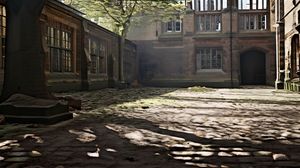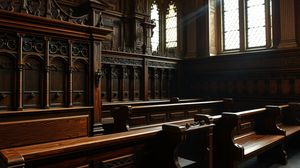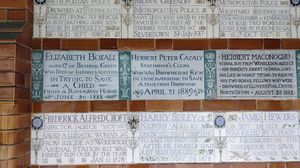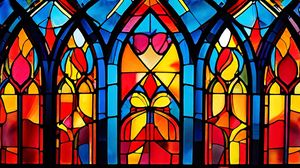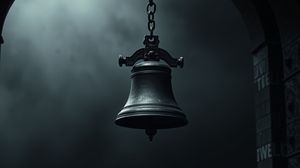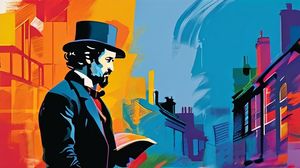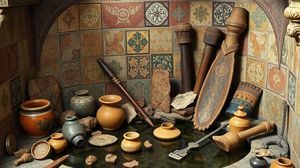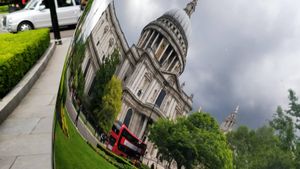
The Charterhouse, Clerkenwell is an extraordinary site steeped in history, tucked away in the bustling heart of London. Established in 1371, the Charterhouse began as a Carthusian monastery, offering a peaceful retreat adorned with religious devotion and tranquility in the midst of medieval London.
One of the unique aspects of the Charterhouse is its transformation over the centuries. After surviving the tumultuous Henry VIII's Dissolution of the Monasteries, it became a grand Tudor mansion before later serving as a school and almshouse. Its diverse history offers a rich tapestry of stories waiting to be discovered.
Did you know that the Charterhouse served as a temporary storehouse for the dead during the Great Plague of London in 1665? The site's original burial ground became the final resting place for many plague victims, an eerie yet fascinating snippet of its history.
The Charterhouse has long been intertwined with education. It housed Charterhouse School before it moved to Godalming in Surrey in 1872, a school that has educated many notable figures, including Prime Ministers and renowned military leaders.
This site isn't just about its past; it's living history. To this day, the Charterhouse operates as an almshouse where elderly gentlemen, known as Brothers, reside. This continuity of care for over 400 years is a testament to its enduring mission of providing refuge and community.
Architecturally, the Charterhouse is a stunning mix of medieval, Tudor, and Victorian elements. Visitors can explore the evocative remnants of its monastic past, including the Great Chamber and the Norfolk Cloister, which present visitors with a glimpse into its serene and storied heritage.
The Charterhouse also holds a remarkable collection of artifacts and artworks. From medieval carvings to Elizabethan portraits, these pieces offer an intimate look into the lives of those who lived, worshiped, and studied within its walls.
Stepping into the Charterhouse is like walking back in time, where every corner reveals a new story. Its survival and adaptation over seven centuries make it not only a historical treasure but also a hidden gem in London's vibrant landscape.

Making the Most of Your Visit:
Take a moment to appreciate the tranquility of Charterhouse Square before you even step inside. This charming cobblestone enclave feels like a little retreat, offering a peaceful prelude to your historical journey.
Be sure to join a guided tour if you can. The volunteer guides are fantastic at bringing the history to life and sharing anecdotes you might not otherwise hear about the fascinating residents and events that shaped the Charterhouse.
Don't rush through the chapel. It's a highlight of the visit with its decorative features and calming presence. Spend a few extra minutes to fully absorb its beauty and historical significance.
Look for the little 'hidden' garden. Tucked away yet beautifully maintained, it's a wonderful spot to pause and reflect amidst the flowers. It often goes unnoticed but is well worth a stroll.
Check out the museum on-site, which is small but packs impressive detail into its exhibits. You'll find artifacts from the plague pits that give a personal look into London's past scares that you won't get just from reading history books.

Visiting Times & Costs:
The Charterhouse, Clerkenwell is open to the public and offers a unique historical experience. Visitors can explore the gardens, museum, and participate in a guided tour that is highly recommended for the best experience.
Opening Times:
- Monday to Saturday: 11:00 AM to 5:30 PM
- Closed on Sundays and certain public holidays.
Admission Fees:
- Access to the museum is free of charge.
- Guided tours may incur a fee. Check on-site for the most current rates and availability.
Accessibility:
- Some areas are accessible to visitors with limited mobility, although certain historic features may pose challenges.
- A wheelchair-accessible restroom is available.
- Please inquire on-site for assistance or further details on accessibility options.

Address & Map:

Nearby:
